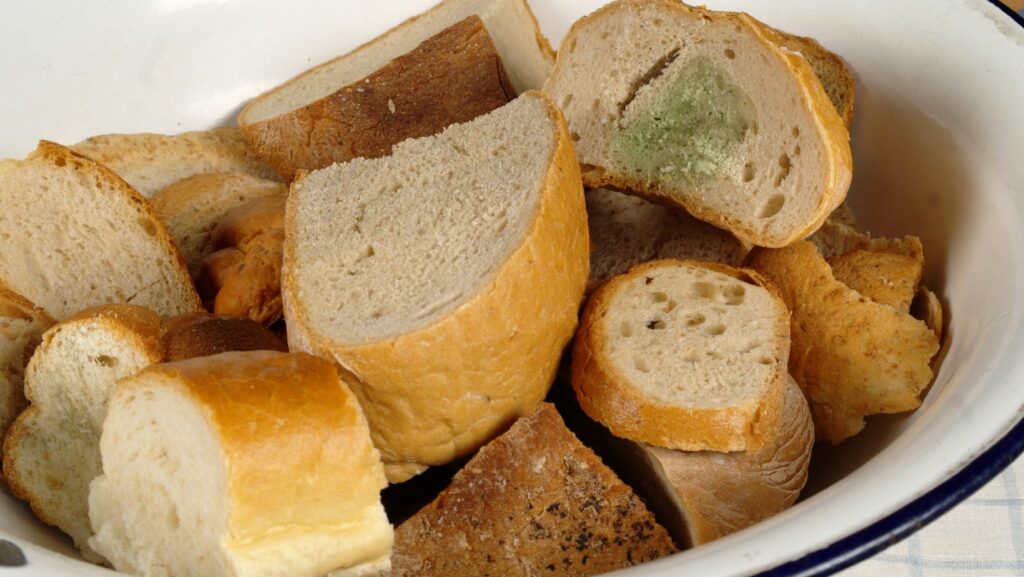If you’ve ever found yourself with a loaf of stale bread and wondered how to bring it back to life, you’re in luck! I’ll share some helpful tips on how to make stale bread soft again. With a few simple tricks, you can revive your bread and enjoy it as if it were fresh from the bakery.
How to Make Stale Bread Soft
One effective method is to moisten the bread slightly. You can do this by sprinkling a little water over the surface of the loaf or running it briefly under a faucet. Be careful not to soak the bread; just a light misting will do. Then, wrap the dampened bread in aluminum foil and place it in a preheated oven at around 350°F (175°C) for about 10 minutes. This gentle heat will create steam inside the foil package, helping to rehydrate the bread and make it soft once more.
Another technique is using steam directly on individual slices of stale bread. If you don’t want to turn on your oven, hold each piece over a pot of boiling water for a few seconds. The steam will penetrate the dry crust and revitalize the texture. Alternatively, you can use a microwave by wrapping the slice in a damp paper towel and heating it for 10-15 seconds. Remember to do it sparingly; too much moisture or excessive heating could result in soggy or overly chewy bread.
Following these methods, you can transform your stale bread into something soft and enjoyable again. So next time you find yourself with leftover loaves that have lost their freshness, remember these handy techniques for giving them new life!
Why Does Bread Become Stale?
Have you ever wondered why your once fresh and delicious bread quickly turns dry and unappetizing? Understanding the science behind why bread becomes stale can help us find ways to make it soft again. So, let’s dive into the reasons behind this frustrating phenomenon.

- Loss of Moisture: When bread is exposed to air, moisture evaporates from its surface. This moisture loss leads to decreased water content within the bread, causing it to become dry and stale.
- Retrogradation: Bread starch molecules undergo retrogradation when they cool down after baking. During retrogradation, the starch molecules crystallize and form tight networks, resulting in the firm texture commonly associated with stale bread.
- Exposure to Air: Oxygen plays a significant role in accelerating staling. As oxygen interacts with fats in the bread, it causes them to go rancid, further contributing to staleness.
- Amylase Activity: Enzymes naturally present in wheat flour, known as amylases, break down starch into simple sugars during baking, giving bread its desirable taste and texture. However, over time, these enzymes continue working even after baking is complete, leading to changes in the structure of the starch molecules and contributing to staleness.
- Now that we understand why bread becomes stale let’s explore some effective methods for revitalizing your loaf:
- Reheat: Gently warming up stale bread in an oven or toaster can help bring back some of its lost moisture.
- Add Moisture: Sprinkling water on top of the loaf or wrapping it loosely in a damp towel before reheating can also help reintroduce moisture.
- Steam Treatment: Placing stale bread over simmering water for a few minutes allows steam to penetrate and soften its texture.
- Freezing and Thawing: Freezing bread can help retain its moisture. Thawing it in a sealed plastic bag prevents excessive drying.
Final Thoughts
Remember, while these methods can bring back some of the softness to your stale bread, they may only partially restore its freshness. It’s always best to consume bread when it’s fresh or properly store it to maintain its quality.
So, the next time you find yourself with a loaf of stale bread, fear not! With some knowledge and creativity, you can transform that dry piece into something enjoyable again.

